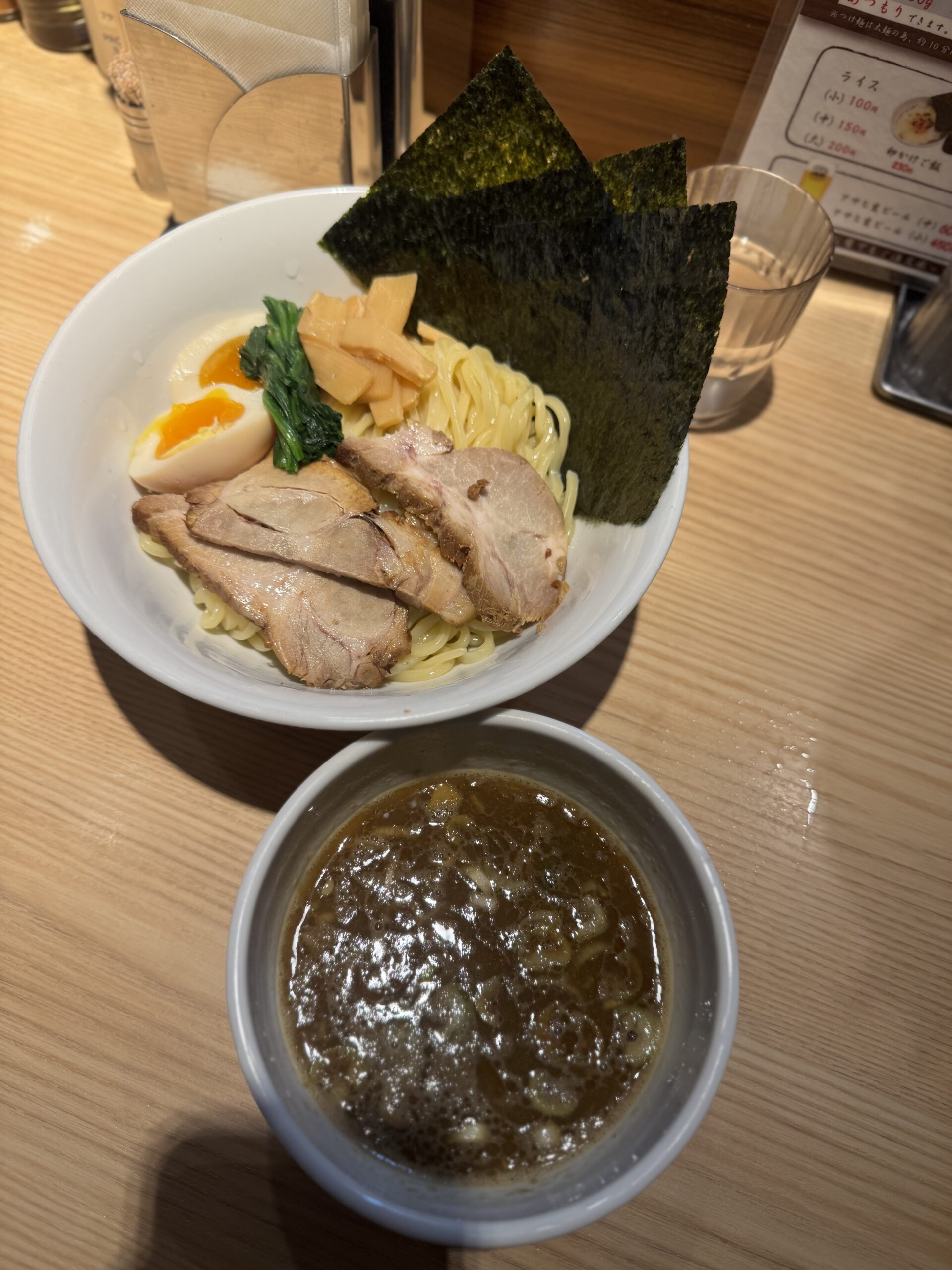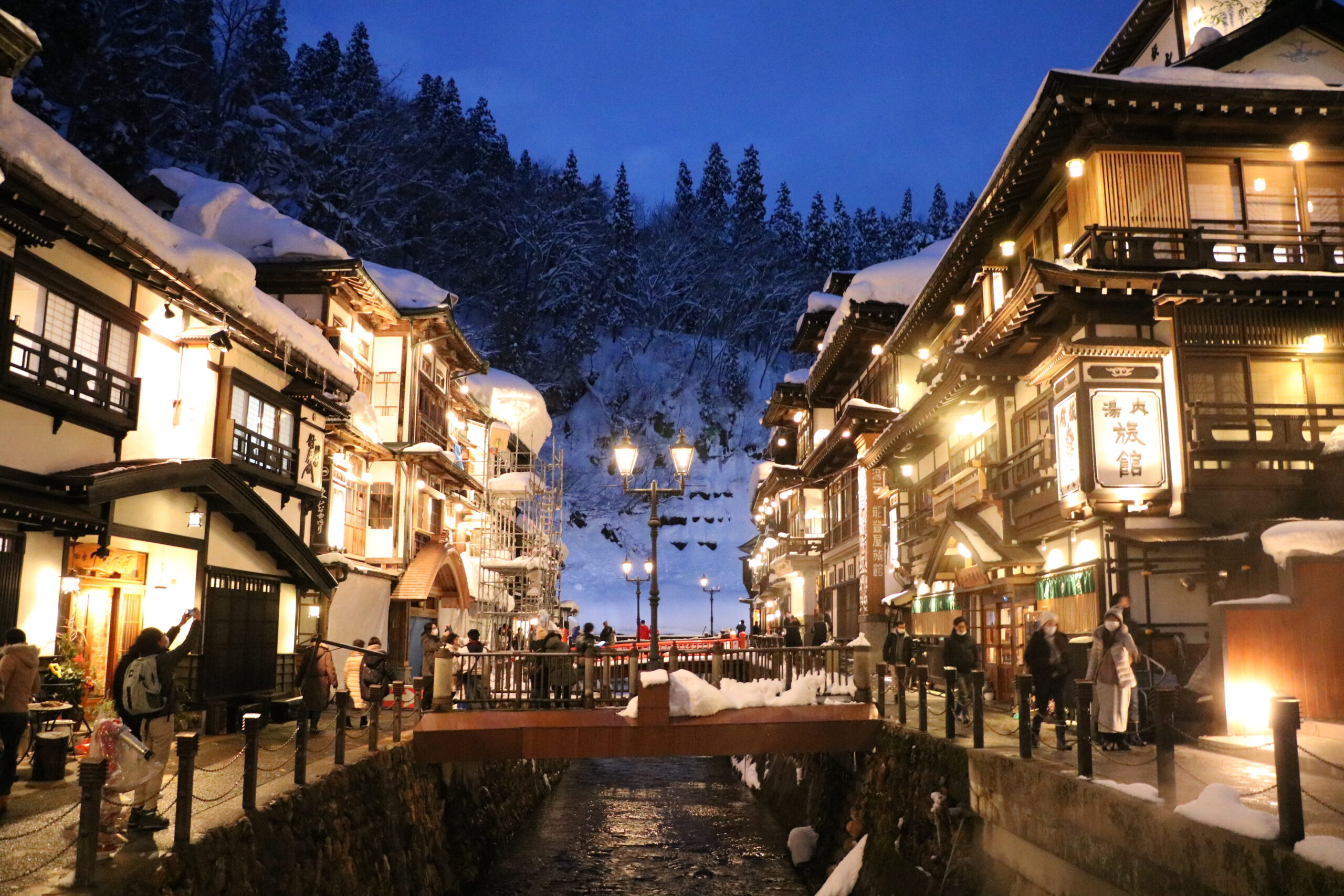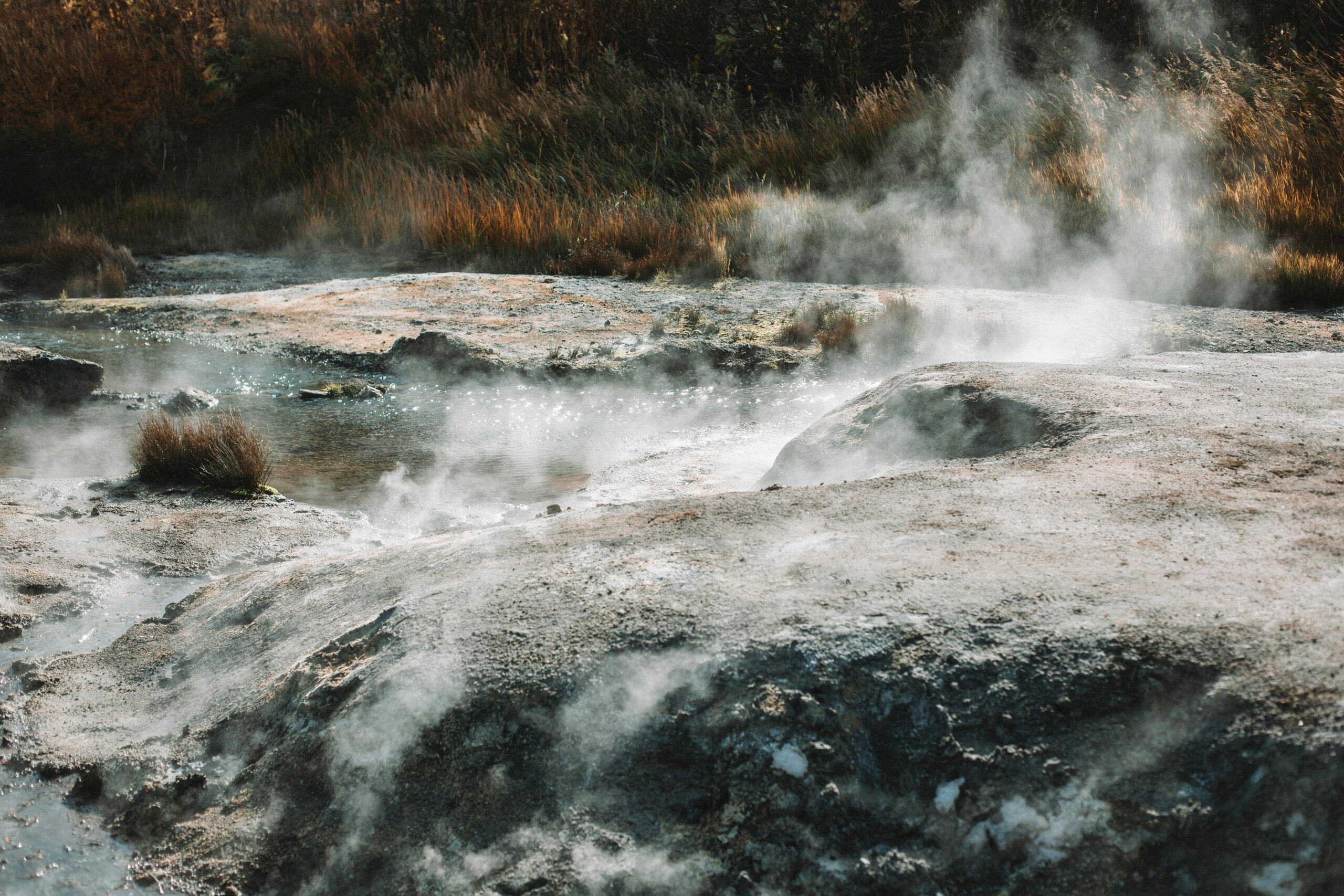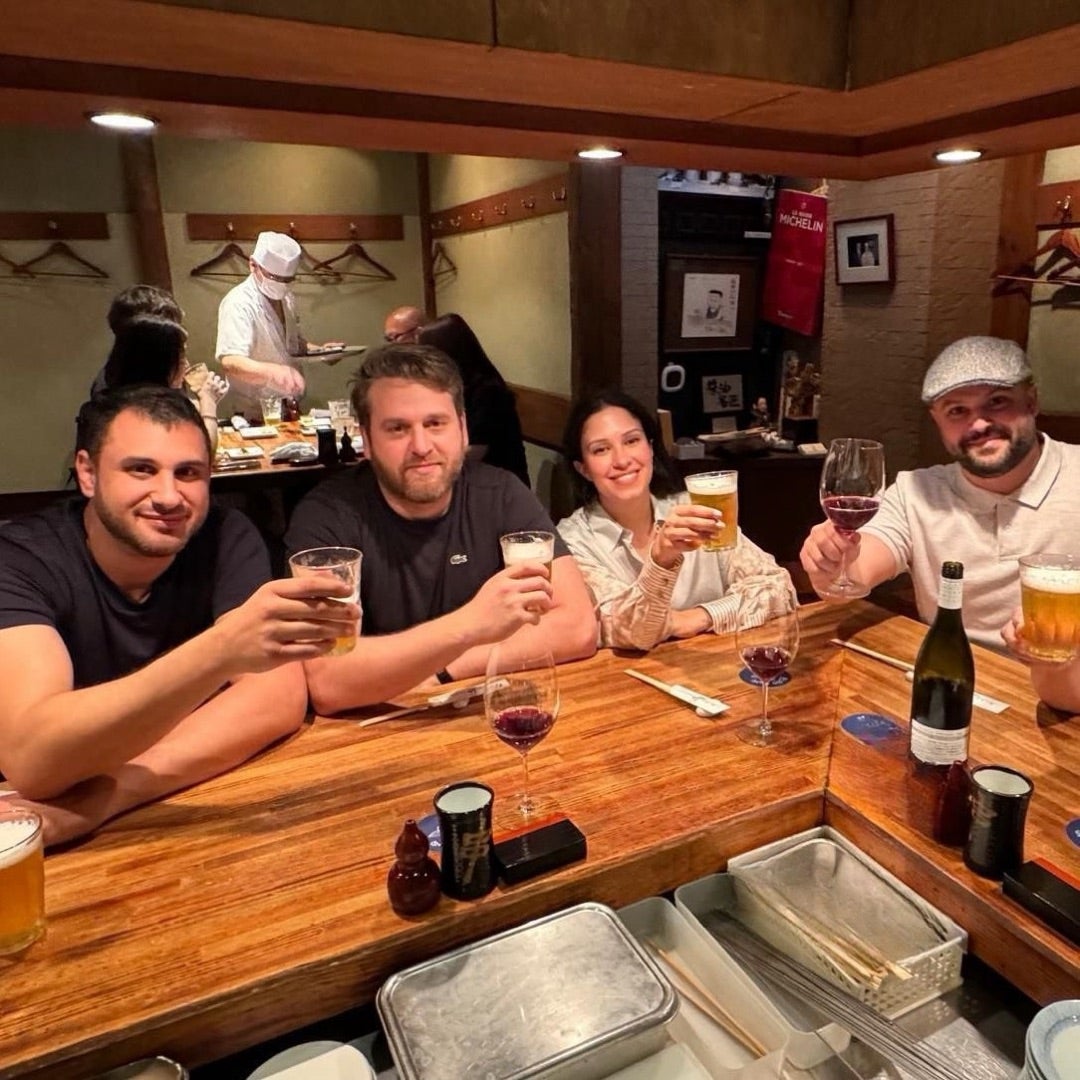

Things to do in Yamagata:Castle Ruins and Bunshokan
Exploring Yamagata Castle Ruins
Nestled in the heart of Yamagata City, the Yamagata Castle Ruins offer a fascinating glimpse into Japan’s feudal past. Originally constructed in the early 17th century by the Uesugi clan, Yamagata Castle served as the residence of the lord during the Edo period. Although the castle was dismantled during the Meiji Restoration, its historical significance remains palpable, with the ruins now designated as a Historic Site.
Visitors can explore the extensive grounds, which are surrounded by beautiful cherry trees, making it a popular spot during sakura season. The castle’s moats and stone walls still stand, providing insight into the architectural style of the time. A notable feature is the Shiroishi River, which flows nearby, adding to the scenic beauty of the area.
Cultural Experience at Bunshokan
Adjacent to the castle ruins is Bunshokan, a beautifully preserved building that was once the Yamagata Prefectural Office during the Meiji period. Completed in 1916, Bunshokan is an excellent example of Western-style architecture integrated with traditional Japanese elements. The building showcases exquisite woodwork and intricate details, reflecting the cultural exchange that characterized this period in Japan.
Today, Bunshokan serves as a museum and cultural center, where visitors can learn about the history of Yamagata and its development during the Meiji and Taisho eras. The center often hosts various exhibitions, workshops, and cultural events, providing an immersive experience of the region’s heritage.
Seasonal Highlights and Activities
Both Yamagata Castle Ruins and Bunshokan are particularly attractive in different seasons:
- Spring: The cherry blossoms bloom around the castle ruins, creating a stunning backdrop for picnics and strolls.
- Summer: Enjoy local festivals, where you can witness traditional performances and crafts.
- Autumn: The colorful foliage in and around the ruins enhances the picturesque setting.
- Winter: The snow-covered castle grounds present a serene, magical atmosphere, perfect for photography.
Practical Information for Visitors
- Access: Yamagata Castle Ruins and Bunshokan are easily accessible from Yamagata Station by bus or a short taxi ride.
- Visiting Hours: Bunshokan is open from 9:00 AM to 5:00 PM, with extended hours during special events. Admission is generally free, but special exhibitions may have a fee.
- Nearby Attractions: Consider visiting Yamagata Prefectural Museum and the Yamagata City Art Museum for a fuller experience of local culture.
For more information on Yamagata Castle Ruins and Bunshokan, check out Yamagata Tourism and explore their official pages for up-to-date events and exhibitions.
Whether you’re interested in historical architecture, enjoying nature, or immersing yourself in the rich culture of Yamagata, a visit to these two significant sites promises a rewarding experience.

-
 Japanese Ramen: Types, Varieties, and Regional Flavours- / Yamagata / RamenRamen, a noodle dish which originated from China, has become a beloved Japanese dish of people all a......
Japanese Ramen: Types, Varieties, and Regional Flavours- / Yamagata / RamenRamen, a noodle dish which originated from China, has become a beloved Japanese dish of people all a...... -
 Ginzan Onsen: Journey into Spirited Away- / Yamagata / Soba / Udon / NoodleGinzan Onsen: Journey into Spirited Away Ginzan Onsen is situated in the mountainous regi......
Ginzan Onsen: Journey into Spirited Away- / Yamagata / Soba / Udon / NoodleGinzan Onsen: Journey into Spirited Away Ginzan Onsen is situated in the mountainous regi...... -
 Top 5 Onsen In Japan: A Quick Walkthrough- / Yamagata / Hot springJapan, the land of the rising sun, is not only confined to its Sakura trees in spring and maple leav......
Top 5 Onsen In Japan: A Quick Walkthrough- / Yamagata / Hot springJapan, the land of the rising sun, is not only confined to its Sakura trees in spring and maple leav...... -
 Bird Land Ginza Yakitori restaurant in Tokyo¥10,000 ~ / Yamagata / YakitoriBird Land Ginza is another highly regarded yakitori restaurant in Tokyo, renowned for its top-tier g......
Bird Land Ginza Yakitori restaurant in Tokyo¥10,000 ~ / Yamagata / YakitoriBird Land Ginza is another highly regarded yakitori restaurant in Tokyo, renowned for its top-tier g...... -
 Things to do in Yamagata:Castle Ruins and Bunshokan- / Yamagata / Night viewExploring Yamagata Castle Ruins Nestled in the heart of Yamagata City, the Yamagata Castle Ruins of......
Things to do in Yamagata:Castle Ruins and Bunshokan- / Yamagata / Night viewExploring Yamagata Castle Ruins Nestled in the heart of Yamagata City, the Yamagata Castle Ruins of......











